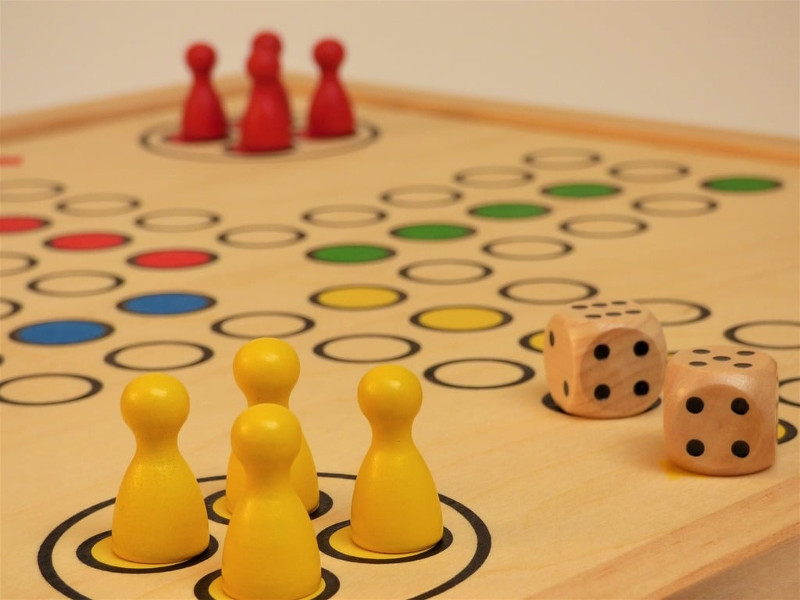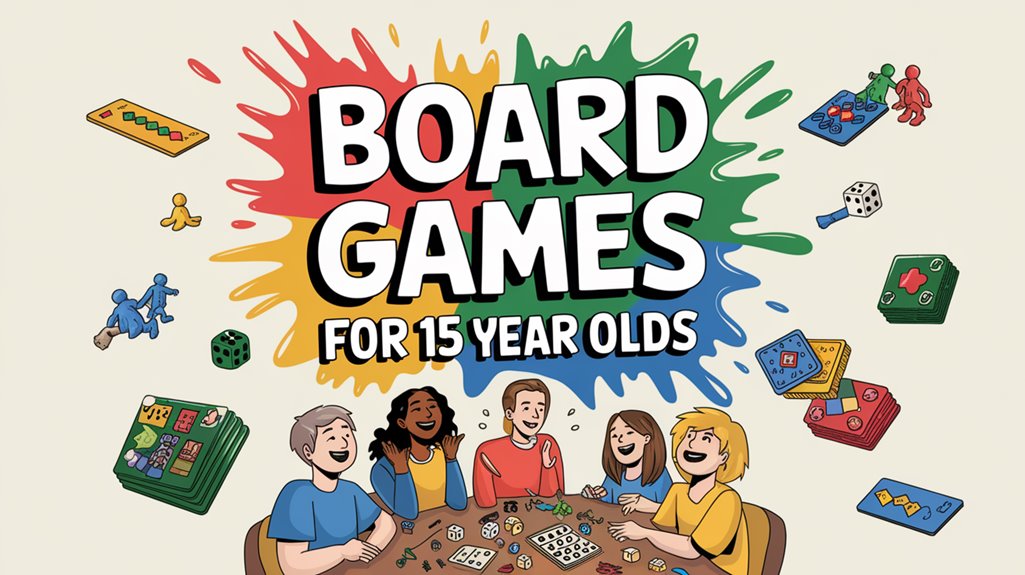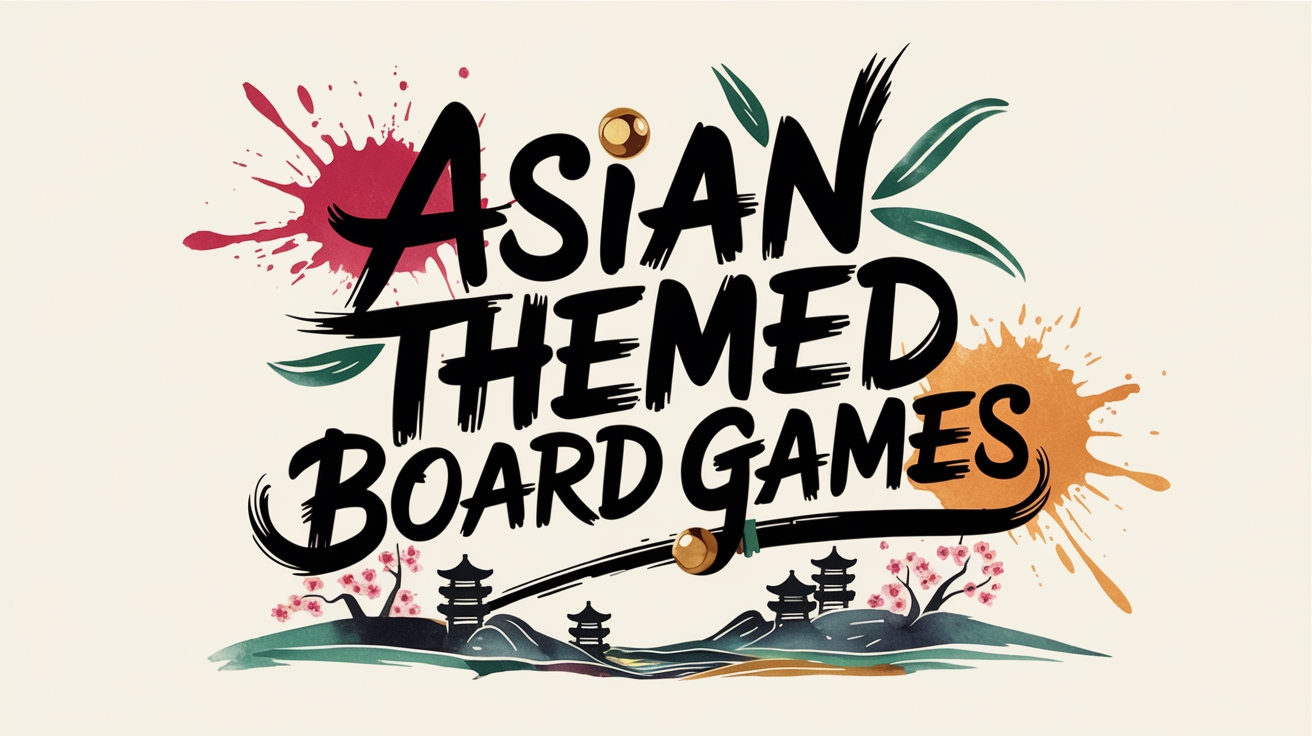The art of crafting board games has long been intertwined with the careful selection of wood materials, a choice that significantly influences both the gameplay experience and the longevity of these cherished pastimes. From the smooth, resilient surface of maple to the distinguished grain patterns of walnut, each wood species brings its own character to the gaming table. While traditional manufacturers often gravitate toward specific hardwoods for their proven reliability, modern craftsmen are expanding these boundaries, incorporating sustainable alternatives and exotic species that challenge conventional wisdom. Understanding these material choices reveals fascinating insights into why certain woods have become standard-bearers in the industry.
Key Takeaways
- Maple is the preferred choice for chess boards due to its exceptional wear resistance and clean light appearance.
- Walnut provides rich dark color and excellent stability, making it ideal for traditional chess and backgammon boards.
- Common hardwoods like oak and cherry offer durability and distinctive grain patterns suitable for larger game boards.
- Exotic woods including rosewood, ebony, and zebrawood are used for luxury editions of board games.
- Bamboo serves as an eco-friendly alternative, offering durability and sustainability with its rapid renewable properties.
Popular Hardwoods for Board Games
Several hardwoods have become standard choices for crafting high-quality board games as a result of their durability, aesthetic appeal, and workability. Among these, maple stands out as a top selection, offering exceptional resistance to wear and a clean, light appearance that many craftsmen prefer for chess boards and other gaming surfaces.
Walnut represents another prime choice, valued for its rich, dark color and excellent stability over time. This wood creates striking contrasts when paired with lighter species, making it ideal for traditional chess and backgammon boards. Oak, particularly white oak, delivers outstanding durability and a distinctive grain pattern that improves the visual appeal of larger game boards.
Cherry wood has gained popularity among independent craftsmen for its warm reddish tones and ability to age beautifully. Moreover, mahogany remains a classic option for premium board games, though less common owing to cost and availability concerns. These hardwoods typically measure between 850 and 1,500 on the Janka hardness scale, providing the necessary resilience for years of consistent use while maintaining their original beauty and structural integrity.
Wood Selection Criteria
Selecting wood for board game manufacturing requires careful consideration of multiple key factors that influence both quality and production feasibility. The durability of the wood and its natural grain patterns must align with the game’s intended use and aesthetic appeal, while cost considerations and material availability directly impact manufacturing scalability. Ease of manufacturing plays a vital role, as the chosen wood must be suitable for precise cutting, resist warping, and maintain dimensional stability throughout the production process.
Durability and Grain Pattern
Choosing wood for board games requires careful consideration of both durability and grain pattern characteristics. The wood must withstand repeated handling, temperature changes, and potential impacts while maintaining its shape and appearance over time. Hardwoods like maple, oak, and walnut usually offer superior durability compared to softer alternatives.
Grain patterns play an important role in both the aesthetic appeal and structural integrity of board game components. Straight-grained woods are often preferred as they provide consistent strength and are less likely to warp or split. Woods with tight, uniform grain patterns also accept finishes more evenly and show less wear over time. Quarter-sawn lumber, though more expensive, offers exceptional stability and displays attractive ray fleck patterns that many craftsmen value.
When selecting wood for game boards, manufacturers often consider the visual contrast between light and dark grain patterns, particularly for games like chess where distinct squares are vital. The grain direction should run parallel to the board’s length to minimize expansion and contraction across the playing surface, ensuring the board remains flat and functional throughout its lifespan.
Cost and Availability Factors
While durability and grain patterns heavily influence wood selection, cost considerations and market availability often determine the final choice for board game manufacturing. Common hardwoods like maple, oak, and birch remain popular because of their reasonable pricing and consistent supply chains across North America and Europe. These woods provide a practical balance between quality and affordability for mass production.
Exotic woods such as rosewood, ebony, and zebrawood command premium prices and face strict trade regulations, making them less practical for standard board game production. Manufacturers typically reserve these materials for luxury editions or custom pieces. Pine and other softwoods, while abundant and inexpensive, typically serve as core materials or secondary components rather than primary playing surfaces.
Market fluctuations significantly impact wood selection, as prices can vary based on seasonal availability, trade policies, and environmental regulations. Sustainable forestry practices likewise affect pricing, with certified woods often costing more but appealing to environmentally conscious consumers. Many manufacturers maintain relationships with multiple suppliers to guarantee steady material flow and manage costs effectively, sometimes alternating between wood species based on market conditions.
Ease of Manufacturing
Manufacturing considerations play a vital role in wood selection for board games, with certain species offering distinct advantages in processing and production efficiency. Woods like maple, birch, and cherry stand out for their consistent grain patterns and reliable machining characteristics, making them ideal choices for mass production. These species respond well to cutting, sanding, and finishing processes without excessive tool wear or material waste.
Hardwoods with medium density, such as walnut and beech, offer excellent workability while maintaining structural integrity during manufacturing. These woods can be easily shaped using standard woodworking equipment and accept screws and joints effectively. The ability to achieve smooth surfaces with minimal effort reduces production time and costs. Furthermore, woods that resist warping and maintain dimensional stability during processing help guarantee consistent quality across production runs.
Pine and basswood, while softer, provide manufacturers with options for lightweight components and easy carving. Their lower density allows for quicker cutting speeds and reduces equipment strain. Conversely, manufacturers must balance ease of processing with durability requirements to verify the final product meets quality standards.

Sustainable Wood Options
Board game manufacturers seeking sustainable wood options have numerous eco-friendly alternatives at their disposal. Bamboo stands out as a rapidly renewable resource that reaches maturity in just 3-5 years, making it an excellent choice for environmentally conscious production. Moreover, manufacturers can utilize FSC-certified maple, birch, and pine from responsibly managed forests.
Reclaimed wood presents another sustainable option, allowing manufacturers to repurpose timber from old buildings, barns, and other structures. This choice not only prevents waste but also provides unique character and history to board game components. Some companies have begun experimenting with urban-sourced wood from trees removed during city maintenance, creating a local supply chain that reduces transportation emissions.
Fast-growing hardwoods like poplar and rubberwood offer further sustainable alternatives. These plantation-grown species can be harvested and replanted efficiently, ensuring a continuous supply while maintaining forest ecosystems. Many manufacturers likewise implement waste reduction programs, using smaller wood pieces for game tokens or components, thereby maximizing the utility of each harvested tree and minimizing environmental impact.
Wood Finishing Techniques
The selection of wood finishing techniques plays a vital role in protecting board game components while enhancing their visual appeal. Craftsmen typically choose between protective clear coat options, including polyurethane, lacquer, and varnish, with each offering distinct levels of durability and sheen. Traditional hand-rubbed methods using natural oils create a more organic feel, while the choice between oil-based and water-based finishes impacts factors such as drying time, VOC emissions, and long-term durability.
Protective Clear Coat Options
Protecting wooden board game components requires selecting an appropriate clear coat finish to guarantee durability and aesthetic appeal. Common protective options include polyurethane, lacquer, and water-based finishes, each offering distinct advantages for board game preservation.
Polyurethane creates a hard, durable surface that resists scratches and dampness, making it ideal for frequently handled game pieces and boards. It comes in both oil-based and water-based formulations, with oil-based versions providing superior durability but longer drying times. Lacquer offers excellent clarity and quick drying properties, allowing for multiple thin coats that build up to a smooth, professional finish.
Water-based clear coats have gained popularity because of their low odor, quick drying time, and easy cleanup. These finishes maintain the wood’s natural color without the yellowing often associated with oil-based products. For custom game creators, spray-on clear coats provide even coverage and are particularly useful for small pieces or intricate designs. Multiple thin coats of any chosen finish typically yield better results than single thick applications, ensuring both protection and a professional appearance.
Oil-Based vs Water-Based
When choosing between oil-based and water-based finishes for wooden board games, manufacturers and craftspeople must weigh several distinct factors. Oil-based finishes penetrate deeper into the wood, offering improved durability and a rich, warm appearance that many traditionalists prefer. These finishes typically require longer drying times but provide superior protection against dampness and wear.
Water-based finishes, on the other hand, dry much faster and emit fewer volatile organic compounds (VOCs), making them more environmentally friendly and safer to apply. They maintain the wood’s natural color better than oil-based options and don’t yellow over time. Nevertheless, they may not provide the same level of dampness protection and can raise the wood grain initially, requiring additional sanding between coats.
For board games specifically, both types have their place. Oil-based finishes work well for pieces that receive frequent handling, like chess pieces or dice towers, while water-based finishes are ideal for game boards that need quick completion times and clear, non-yellowing protection. The choice often depends on production schedules, environmental considerations, and the specific wear requirements of different game components.
Hand-Rubbed Traditional Methods
Dating back centuries, hand-rubbed traditional methods of wood finishing remain highly valued in board game manufacturing for their ability to produce exceptionally smooth, lustrous surfaces. This time-tested approach involves applying multiple thin layers of oils, waxes, or shellac using hand motions that work the finish deep into the wood grain.
The process typically begins with fine sanding, followed by applying boiled linseed oil, tung oil, or shellac using clean cotton cloths. Craftsmen work in circular motions, allowing each layer to cure before applying the next. Between coats, they often use steel wool or fine sandpaper to achieve an increasingly refined surface. This method, while labor-intensive, creates a finish that improves the wood’s natural beauty and provides lasting protection.
Traditional hand-rubbed finishes offer distinct advantages over modern spray-on alternatives. They penetrate deeper into the wood, creating a more durable surface that can be easily repaired if damaged. The technique furthermore allows artisans to adjust the finish’s depth and sheen through controlled application, resulting in board games that maintain their appeal for generations while developing a rich patina over time.
Grain Patterns and Visual Appeal
The distinctive grain patterns found in wood used for board games contribute significantly to their aesthetic appeal and character. Different wood species offer unique visual characteristics that makers can strategically incorporate into game board designs, creating both beauty and functionality.
| Wood Type | Grain Pattern | Visual Impact |
|---|---|---|
| Maple | Fine, uniform | Clean, modern |
| Walnut | Dark, wavy | Rich, dramatic |
| Cherry | Smooth, reddish | Warm, elegant |
When selecting wood for board games, craftspeople often choose species based on their natural grain patterns’ ability to improve gameplay. For example, straight-grained maple provides clear visual boundaries for game spaces, while walnut’s distinctive dark streaks can create natural borders between playing areas. The orientation of wood grain also affects both durability and appearance, with quarter-sawn cuts typically offering superior stability and showcasing ray fleck patterns prized by game makers.
Some woods develop a deeper patina over time, adding character through use. This aging process, particularly evident in cherry and walnut, allows board games to become more visually interesting while maintaining their playability, making them both functional gaming tools and lasting pieces of craftsmanship.
Cost and Material Considerations
Material costs vary significantly among different wood species used in board game construction, with exotic hardwoods commanding premium prices compared to domestic varieties. While maple and oak typically range from $5-15 per board foot, specialty woods like purpleheart or bocote can exceed $30-50 per board foot, substantially impacting production costs.
Manufacturers must balance durability, aesthetics, and budget when selecting materials. Pine and poplar offer economical alternatives but may lack the wear resistance needed for frequent use. Medium-priced hardwoods like cherry and walnut provide an effective compromise, delivering both durability and visual appeal at moderate cost points. Production efficiency likewise factors into material selection, as some woods are easier to mill and finish than others.
The thickness and grade of wood affect both cost and performance. Standard board game components typically require 1/2 to 3/4-inch stock, while premium games might use thicker pieces for improved stability. Manufacturers often combine different wood species, using expensive woods for visible surfaces while utilizing more affordable options for internal components, helping maintain reasonable retail prices without compromising quality.
Durability and Maintenance Requirements
Throughout decades of board game manufacturing, durability has proven vital for ensuring long-term customer satisfaction and product longevity. Different wood types offer varying levels of resistance to wear, scratches, and environmental factors, making proper selection crucial for game manufacturers and craftsmen.
Hardwoods like maple, oak, and walnut naturally resist denting and surface damage, requiring minimal maintenance beyond occasional dusting and polishing. These woods maintain their appearance even after years of regular use, though they may benefit from periodic treatment with wood-specific protective oils. Softwoods, while more prone to marking, can still serve well when properly sealed and maintained with protective finishes.
To preserve wooden board games, owners should store them in moderate temperatures and humidity levels, away from direct sunlight that can cause warping or discoloration. Regular cleaning with a soft, dry cloth removes dust and prevents buildup that could affect game piece movement. Professional-grade wood sealants can provide additional protection against spills and dampness damage, extending the game’s usable life. When properly maintained, quality wooden board games can remain functional and aesthetically pleasing for generations.


